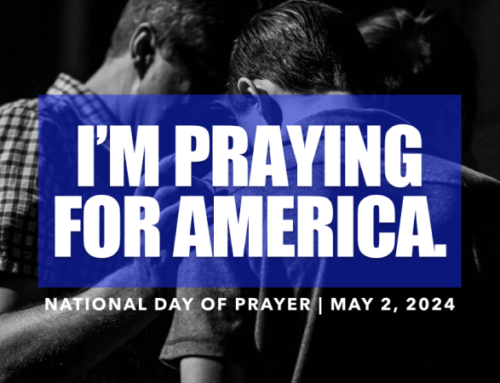The Easter Emphasis
A.W. Tozer
At the risk of sounding more than slightly repetitious, I want to urge again that we Christians look to our doctrinal emphases.
If we would know the power of truth we must emphasize it. Creedal truth is coal lying inert in the depths of the earth waiting release. Dig it out, shovel it into a combustion chamber of some huge engine, and the mighty energy that lay asleep for centuries will create light and heat and cause the machinery of a great factory to surge into productive action. The theory of
coal never turned a wheel nor warmed a hearth. Power must be released to be made effective.
In the redemptive work of Christ three major epochs may be noted: His birth, His death and His subsequent elevation to the right hand of God. These are the three main pillars that uphold the temple of Christianity; upon them rest all the hopes of mankind, world without end. All else that He did takes its meaning from these three Godlike deeds.
It is imperative that we believe all these truths, but the big question is where to lay the emphasis. Which truth should, at a given time, receive the sharpest accent? We are exhorted to look unto Jesus, but where shall we look? Unto Jesus in the manger? On the cross? At the throne? These questions are far from academic. It is of great practical importance to us that we get the right answer.
Of course we must include in our total creed the manger, the cross and the throne. All that is symbolized by these three objects must be present to the gaze of faith; all is necessary to a proper understanding of the Christian evangel. No single tenet of our creed must be abandoned or even relaxed, for each is joined to the other by a living bond. But while all truth is to be at all times to be be held inviolate, not every truth is to be at all times emphasized equally with every other. Our Lord indicated as much when He spoke of the faithful and wise steward who gave to his master’s household “their portion of meat in due season” (Luke 12: 42).
Mary brought forth her firstborn Son and wrapped Him in swaddling clothes and laid Him in a manger. Wise men came to worship, shepherds wondered and angels chanted of peace and good will towards men. All taken together this scene is so chastely beautiful, so winsome, so tender, that the like of it is not found anywhere in the literature of the world. It is not hard
to see why Christians have tended to place such emphasis upon the manger, the meek-eyed virgin and the Christ child. In certain Christian circles the major emphasis is made to fall upon the child in the manger. Why this is so is understandable, but the emphasis is nevertheless misplaced.
Christ was born that He might become a man and become a man that He might give His life as ransom for many. Neither the birth nor the dying were ends in themselves. As He was born to die, so did He die that He might atone, and rise that He might justify freely all who take refuge in Him. His birth and His death are history. His appearance at the mercy seat is not history past, but a present, continuing fact, to the instructed Christian the most glorious fact his trusting heart can entertain.
This Easter season might be a good time to get our emphases corrected. Let us remember that weakness lies at the manger, death at the cross and power at the throne. Our Christ is not in a manger. Indeed, New Testament theology nowhere presents the Christ child as an object of saving faith. The gospel that stops at the manger is another gospel and no good news at all.
The Church that still gathers around the manger can only be weak and misty-eyed, mistaking sentimentality for the power of the Holy Spirit.
As there is now no babe in the manger at Bethlehem so there is no man on the cross at Jerusalem. To worship the babe in the manger or the man on the cross is to reverse the redemptive processes of God and turn the clock back on His eternalpurposes. Let the Church place its major emphasis upon the cross and there can be only pessimism, gloom and fruitless remorse. Let a sick man die hugging a crucifix and what have we there? Two dead men in bed, neither of which can help the other.
The glory of the Christian faith is that the Christ who died for our sins rose again for our justification. We should joyfully remember His birth and gratefully muse on His dying, but the crown of our hopes is with Him at the Father’s right hand.
Paul glorified in the cross and refused to preach anything except Christ and Him crucified, but to him the cross stood for the whole redemptive work of Christ. In his epistles Paul writes of the Incarnation and the Crucifixion, yet he stops not at the manger or the cross but constantly sweeps our thoughts on to the Resurrection and upward to the ascension and the throne.
“All power is given unto me in heaven and in the earth” (Matthew 28: 18), said our risen Lord before He went up on high, and the first Christians believed Him and went forth to share His triumph. “And with great power gave the apostles witness of the resurrection of the Lord Jesus: and great grace was upon them all” (Acts 4: 33).
Should the Church shift her emphasis from the weakness of the manger and the death of the cross to the life and power of the enthroned Christ, perhaps she might recapture her lost glory. It is worth a try.
(Hebrews – Part 8): The Glory of the Eternal Son by A.W. Tozer






Leave a Reply, please --- thank you.